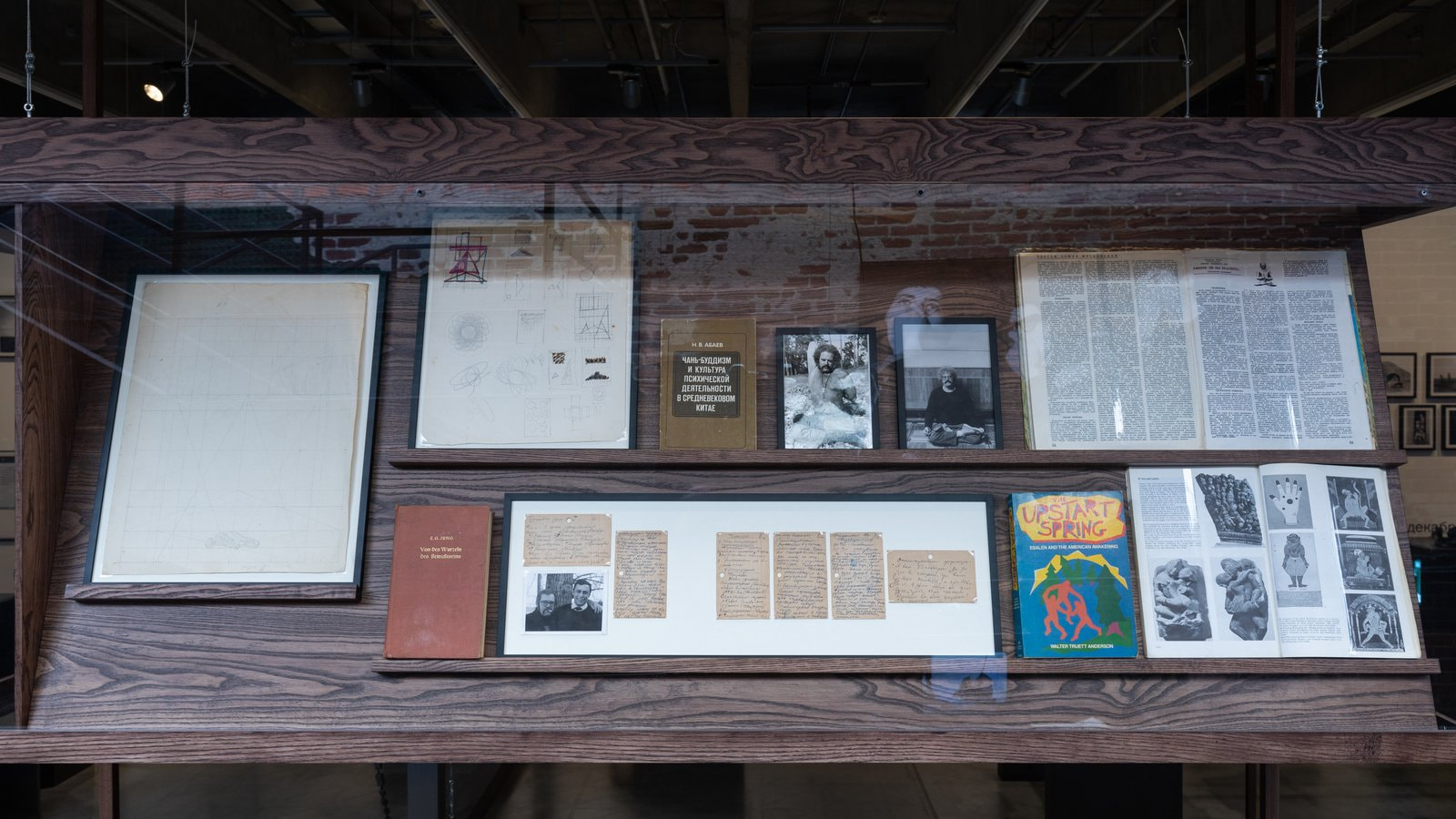Sekretiki No. 15. Secrets of the Magazine Znanie — Sila (Knowledge is Power)
There is an issue of Znanie – Sila magazine at the Russian State Library with the page featuring an article about the self-development practice of autogenic training torn out. Now replaced with a photocopy, this artefact characterizes the scarcity of such information in the Soviet print media, and the desperate eagerness of citizens to attain it.
Yuri Sobolev, the artistic director of the magazine, likely chose the seated Buddha image for illustrating this article. He had recently updated the magazine’s layout by initiating the use of a modular grid. Few of his colleagues knew about the compositional backbone of Sobolev’s own art. His drawings are speckled with irregular dots that bear little relevance to the general subject of the image. They mark an invisible underlay of the same grid that usually governs the iconographic composition of traditional religious images of the seated Buddha. The rules of the grid include an emphasis on the number twelve, drawing from the twelve stages of the Buddha’s life and thereby also manifesting in the geometric proportions of Sobolev’s drawings.
Sobolev’s keen interest in Eastern religions, yoga, and the works of psychoanalyst Carl Jung brought him close to Anatoly Dobrovich, a psychologist and regular contributor to Znanie – Sila. Other than an early attempt at science fiction, Dobrovich wrote for the magazine about psychology, a field of science that had a dubious reputation in the Soviet Union. Due to state surveillance, a general lack of trust, and social taboos regarding sexuality, psychology was a risky undertaking. It is therefore remarkable to find notes of the group psychotherapy sessions organized within underground circles by Sobolev and Dobrovich for a closed group of friends. From the books in Sobolev’s library one can assume that some members of the circle had ties with the Esalen Institute Exchange Program, a mysteriously influential network bringing together the Soviet and American elites under the new-age slogan “Toward a New Worldview.” The Esalen Institute was also co-organizer of the early satellite- TV bridges between the two countries, one of which became famous for the historical phrase “There is no sex in Soviet Union,” uttered by a participating Muscovite.
